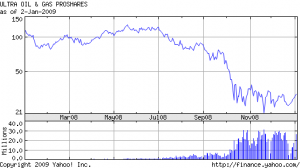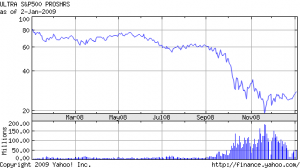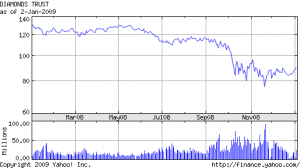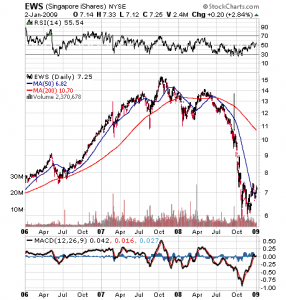Disappearing Money
Charles Biderman of TrimTabs gave an interesting interview to Barron’s this weekend. TrimTabs tracks flows of money in an effort to predict the stock market’s primary trend.
According to TrimTabs, “the first sign of a turnaround will be corporate insiders buying their own stock again and boards announcing new stock buybacks and cash takeovers of other public companies. Right now, such buybacks are off about 90% year over year.
CEO confidence is at its lowest level since the Conference Board begain measuring in 1976.
Not a very positive assessment for those looking to put funds to work in the market.
In addition, the often cited “huge amounts of cash sitting on the sidelines” (in money markets funds), is also not apt to be a reason for launching the stock market higher either. According to Mr Biderman,
“of the almost $4 trillion sitting in money market funds, almost two-thirds is institutional money, much of it probably earmarked as reserves against shareholder redemptions or committed to retirement and other long term purposes. The money coming out of equity mutual funds is greater than that going into bank CD’s, money markets or other savings. The money is disappearing because people are using it to live on.”
Of course, there are other possibilities as to where the disappearing cash is going. Consider the mistrust of the banking system and near zero interest yields on savings. Perhaps some of these folks who sold their stocks are putting the money under their mattresses. Or they just might be spending some of it.
Despite talk of consumers spending less and saving more, I have not really seen much evidence of that from one perspective. I went to three casual dining establishments over the weekend (TGIF’s, Bertucci’s and Ruby Tuesdays) and each place was packed with customers. There was a 10 to 20 minute wait time at each place for a table. Maybe Connecticut’s economy is not yet getting hit as hard as other states. Maybe people have decided to spend some of the money from liquidated equity funds. Or, maybe things aren’t quite as bad as they say. After all, even if the unemployment rate is at 10%, that means that 90% are still working and still spending.



